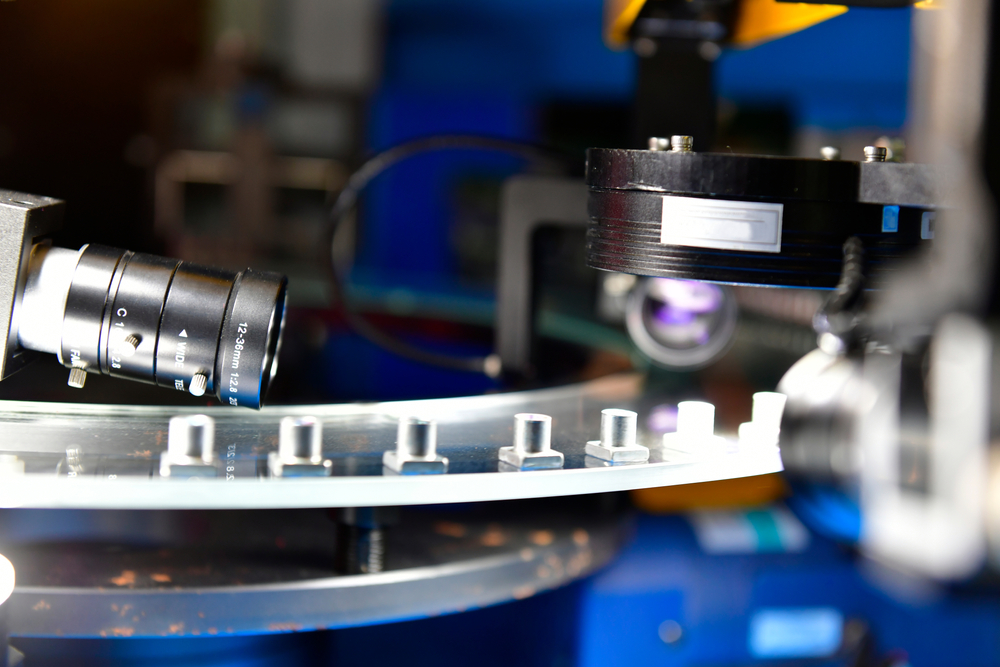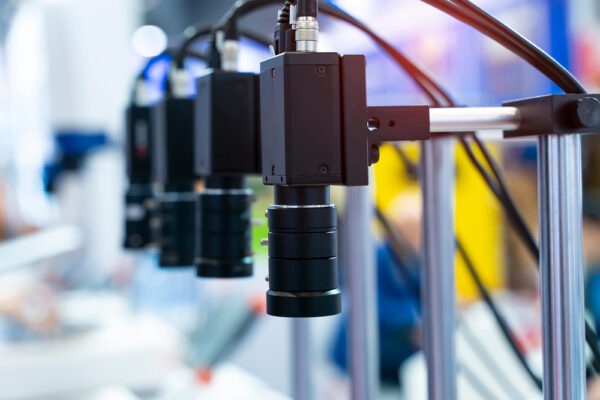Drift in Analog Sensors: Why Signal Accuracy Declines Over Time

In industrial environments, precision is a requirement. From monitoring pressure in hydraulic systems to regulating temperature in furnaces, analog sensors are the foundation of reliable process control. But as these sensors age, their accuracy begins to fade. This creeping inaccuracy, known as sensor drift, can throw off readings, disrupt automation logic, and even lead to safety risks.
The challenge for maintenance teams isn’t preventing drift altogether, but knowing when it’s happening and how to correct it before precision is lost.
Why does sensor drift occur?
Unlike random noise, which causes short-term fluctuations, sensor drift is a slow, consistent change that accumulates over months or years. A temperature sensor might read slightly warmer than it should, or a pressure transducer may report lower values despite steady pressure. These inaccuracies develop because analog sensors rely on physical and electronic components — resistors, capacitors, strain gauges, and wiring — all of which degrade over time.
Causes of analog sensor drift (and what to look for)
Several environmental and mechanical factors contribute to sensor drift. Early indicators of drift include small calibration offsets, unstable readings, or growing differences between sensor values and known benchmarks. Common causes behind them include:
- Thermal stress: Heating and cooling cycles expand and contract components, altering electrical resistance.
- Component aging: Over time, resistors, capacitors, and analog circuitry lose stability, changing the baseline.
- Contamination: Dust, moisture, and oxidation on contacts or circuit boards interfere with signal transmission.
- Mechanical stress: Vibration, shock, or mounting strain can deform sensing elements or loosen connections.
- Electrical interference: Long cable runs or inconsistent grounding can introduce noise and offset errors.

The effects of drift on industrial systems
Even minor drift can cause major downstream effects in precision-driven operations. When sensors no longer report accurate data, control systems make incorrect adjustments. This can lead to product variation, wasted materials, or inefficient energy use.
In more critical applications, drift can even compromise safety. For example, a pressure sensor that underreports values may prevent a relief valve from opening in time, while a temperature sensor reading too low could fail to trigger a required shutdown. Drift also increases maintenance costs by prompting unnecessary troubleshooting or part replacements when the root cause is simply signal inaccuracy.
How to detect and correct sensor drift
Because drift occurs gradually, detection relies on regular calibration and careful comparison. Maintenance teams should establish a verification schedule to check analog sensor outputs against known references or digital equivalents. Any consistent offset over time signals the onset of drift.
Environmental control is also key. Keeping sensors within stable temperature and humidity ranges reduces stress on internal components. Shielding signal cables and grounding properly minimizes electrical interference, while routine cleaning prevents contaminants from distorting readings.
Recalibration vs. replacement
When drift exceeds acceptable limits, recalibration can restore accuracy — but only to a certain point. Sensors that show recurring or rapid drift likely have underlying degradation and should be replaced. In critical applications, consider upgrading to sensors with built-in diagnostics or digital communication, which can self-monitor for drift.
Keeping accuracy in focus
Sensor drift is an unavoidable reality in industrial systems, but it doesn’t have to compromise reliability. Regular calibration, environmental control, and timely replacement ensure analog sensors continue performing within specification. Remember, a little attention today can prevent major performance problems tomorrow.
